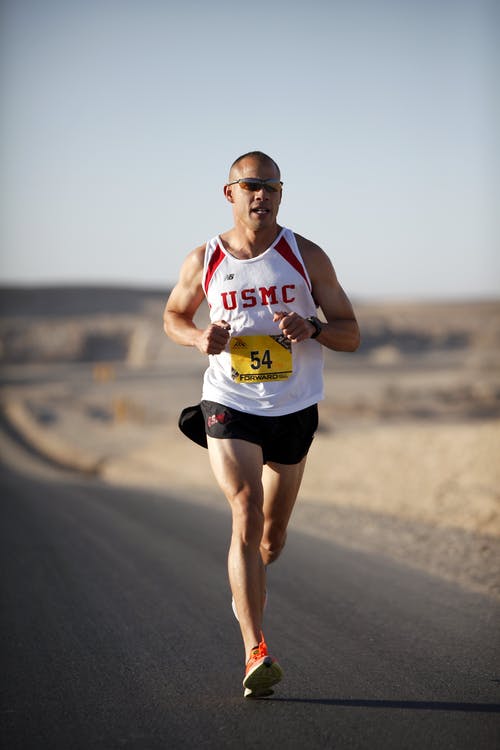In our previous blogs, we have described interventions designed to reduce the high rates of running related injuries. To date, our best Physical Therapy interventions include controlling training volume, concurrent strength training, and gait retraining. In our Boulder Physical Therapy practice we aim to reduce peak loading forces and poor biomechanics at foot strike in our runners. This can be achieved by increasing a runner’s forward lean (from the ankles) and stride length to reduce braking forces at the foot and ankle, as well as, reducing vertical oscillation in the flight phase of running. A recent article reviewed the use of real time biofeedback to reduce these braking forces in runners.
Napier and colleagues in the Journal of Orthopedic and Sports Physical Therapy utilized biofeedback in healthy, female runners with high rates of peak braking forces (2018). Each participant was provided with an 8 session gait retraining program aimed to increase step frequency and reduce step length. Basic cuing, such as “land softer”, can be used in this population to reduce the braking forces and in turn conserve energy for forward propulsion. Authors reported significantly reduced peak braking forces after the gait retraining sessions. In addition, these gait changes have been previously associated with increased running economy and performance.
Click Here to schedule your next running gait analysis with the experts at MEND

